Generally, it is said that chakras are the energy centers in the body, there are many chakras out of which seven are important and that every chakra is associated with an endocrine gland.
According to Thirumoolar, an ancient saint from Tamizh Nadu, who lived at least 3000 years ago, major chakras are eight in number. In his work, Thirumanthiram, he has very clearly stated that these eight chakras are endocrine glands.
Endocrine Glands and Health
Endocrine glands secrete hormones directly into the blood thereby aiding in hormones reaching the cells in the body. Proper functioning of endocrine glands supports metabolism, healthy functioning of organs, reproduction and also supports mental health.
The Eight Endocrine Glands
Given below are endocrine glands and their important functions:
Pineal Gland
Regulates sleep-wake cycle
Hypothalamus Gland
Regulates body temperature, appetite and sleep-wake cycle
Pituitary Gland
Secretes hormones that promote growth and reproduction. It supports brain health, improves breast milk production. Most importantly, it regulates all endocrine glands.
Thyroid and Parathyroid Glands
Thyroid Gland plays a vital role in metabolism. It regulates body temperature and supports energy. Parathyroid maintains calcium levels in bones and blood.
Thymus Gland
Thymus gland is active till a child attends its puberty. This gland secretes hormones which support healthy growth of T cells, which are essential to boost immunity.
Adrenal Gland
Adrenal gland secretes hormones that regulate blood pressure, heart beat and fight or flight response to stressful situations.
Pancreas Gland
Pancreas gland controls blood sugar levels. It promotes digestion.
Sex Glands
Sex glands support complete growth of genital organs and increase libido.
Bodily functions regulated by endocrine glands include:
- Body temperature
- Metabolism
- Reproduction
- Appetite
- Heart beat, breath
- Blood pressure
- Body growth
- Sex
- Sleep wake cycle
- Stress
Eight Chakras
Here is the basic information of the eight major chakras in our body:
Chakras | Glands | Location |
| Root Chakra / Base Chakra | Sex Glands | Below the spinal cord |
| Sacral Chakra | Adrenal Gland | 3 inches below the navel |
| Solar Plexus Chakra | Pancreas Gland | Between navel and breast bone |
| Heart Chakra | Thymus Gland | Center of the chest |
| Throat Chakra | Thyroid and Parathyroid Glands | Throat |
| Third Eye Chakra | Pituitary Gland | Below the eyebrow center |
| Guru Chakra | Hypothalamus Gland | Center of the eyebrows |
| Crown Chakra | Pineal Gland | Crown of the head |
It is generally said that the Third Eye Chakra is located in the eyebrow center. According to Thirumanthiram authored by Thirumoolar, Third Eye chakra is located below the eyebrow center and Guru Chakra is located at the center of eyebrows.
Much Before Recorded History and Much Ahead of Time - Thirumoolar and Ancient Medical Wisdom of Thamizh
One of the most important evidences to prove that Thamizh people are the most ancient people is the book Thirumanthiram authored by Thirumoolar.
In 2-nd century, Greek Physician and Philosopher Galen writes about pineal gland. He also states that few others before him have mentioned pineal gland but he differed from those ahead of him in the function of pineal gland. Taking into account the appearance and its role in supporting local blood vessels, he says he believes it to be a gland. He also names the gland pineal owing to its pine-shaped structure. The impact of his knowledge and research on medical theories was such that it served as a guidance to physicians and researchers almost till mid 17-th century.
Till the early 19-th century, there were no significant findings on the functioning of pineal gland. During the late 19-th century, it was suggested that pineal gland was the seat of soul and spirituality; it was also believed that it was the third eye mentioned in ancient texts. It was also suggested during this period that pineal gland might be an endocrine gland.
It was only during 20-th century, in the year 1958 did modern medicine discover that pineal gland secretes melatonin, which regulates circadian rhythm.
These are the highlights we learn from the above-mentioned facts:
- Though pineal is mentioned by few before 2nd century, it was only during 2nd century that the notion that pineal could be a gland was suggested. It was also named pineal owing to its structure during this period.
- It was only during 19th century, the notion that pineal gland could be an endocrine gland was proposed. It was also proposed that pineal could be the Third Eye and the seat of consiousness.
- It was only during 20th century, in the year 1958, modern medicine was able to determine that pineal is an endocrine gland and that it secretes melatonin which regulates circadian rhythm.
Why do we say Thamizh is the most ancient of all? The accuracy of anatomical science of a race serves as a measure to the richness of its ancient medicine system. Any civilization with rich ancient medical knowledge and possesses wealth of knowledge in anatomical science is naturally a very ancient race.
While relentless efforts have been made starting with Greek philosophers of the 2nd century till the researches of modern science, to determine about pineal gland and its functions, Thirumoolar who lived thousands of years ago, has not only mentioned about pineal gland but also has written about its structure, location and its functions:
- Thirumoolar mentions pineal as Eesan.
- In the 14-th verse of Thirumanthiram, Thirumoolar mentions that pineal is the gat of sub-conscious mind.
- In the 36th verse, he says that pineal secretes elixir of life. He mentions melatonin as the elixir of life.
- In the 16th verse of Thirumanthiram, Thirumoolar says that pineal is cone shaped. He also says that pineal, pituitary and hypothalamus are located under a structure that is shaped like the stigma of golden shower flower. This shape he is referring to is called corpus callosum by modern medicine.
Have a look at the golden flower shower's stigma.
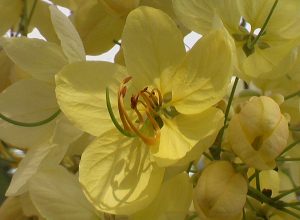
Source: https://www.past-india.com/photos-items/cooum-river-in-chennai-old-photo-1880/#iLightbox[gallery12582]/0 https://www.feedipedia.org/node/325
Have a look at the shape of corpus callosum.
Source: https://www.past-india.com/photos-items/cooum-river-in-chennai-old-photo-1880/#iLightbox[gallery12582]/0 https://sen842cova.blogspot.com/2018/01/corpus-callosum-anatomy.html
It is very much evident from the above information that Thirumoolar possessed excellent knowledge on anatomical science which is only reflective of how ancient Tamil race is.
The above information is extracted from the book Thirumoolar Thirumanthiram - Thonmaiyin Meeteduppu - Kadavull Vaazthu authored by Dr. S.R. Thamizharasu.
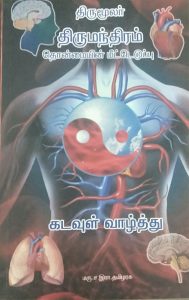
Those who are interested in buying the above-mentioned book can contact us.
Mobile numbers: 9941221126, 9841770302
Email id: [email protected]
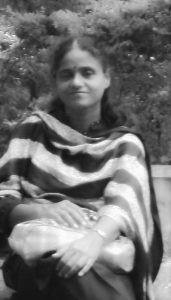
Rama Thamizharasu
Welcome to yogaaatral. I am a yoga therapist, SEO consultant, writer and translator. If you love pets, we invite you to visit our pet blog @ https://voiceofapet.blogspot.com/ and our YouTube Channel http://www.youtube.com/@PetsDiaryandMomsToo
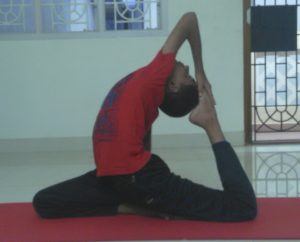
Benefits of Solar Plexus Chakra and Effective Ways to Unblock Your Solar Plexus Chakra
Solar Plexus Chakra is the third of eight major chakras in the human body. Solar Plexus Chakra is called as Manipura Chakra in Sanskrit. 'Manipura' means 'lustrous jewel'.

Benefits of Sacral Chakra and Effective Ways to Unblock Your Sacral Chakra
Sacral chakra is the second major chakra in the human body. It is called Svadhishthana in Sanskrit, which means 'one's own abode'. 'Sva' means 'one's own', 'adhisthana' means 'abode'. 'Svadh' also means 'to enjoy with pleasure'.

Benefits of Root Chakra and Effective Ways to Unblock Your Root Chakra
Muladhara chakra, called the Root Chakra in English is the foundation for optimal well-being. 'Mula' in Sanskrit means 'root' and 'adhara' means 'foundation', The properties of the chakra and its location give the chakra its name.
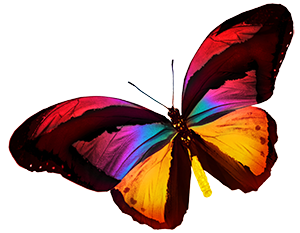

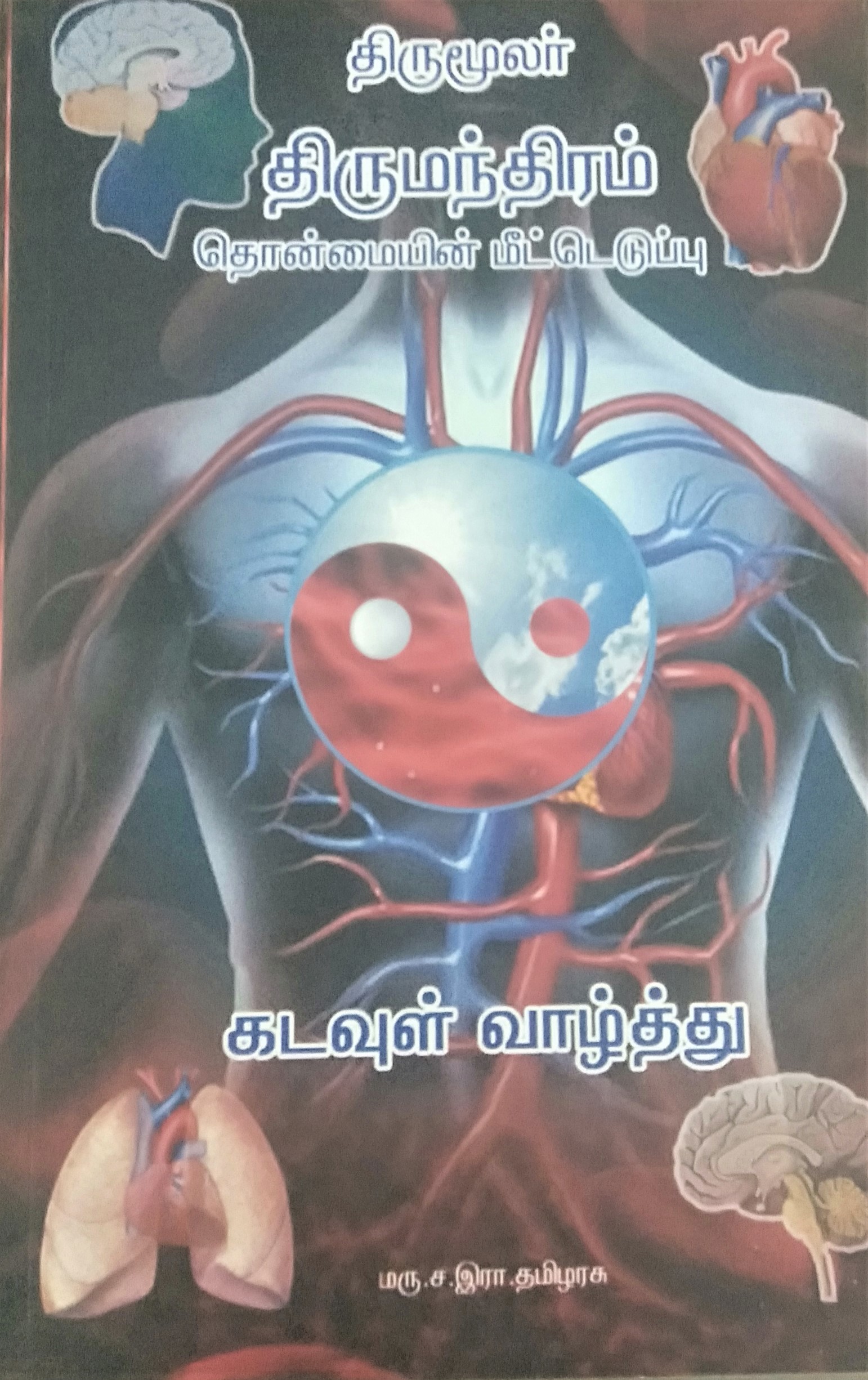
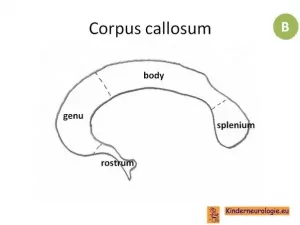
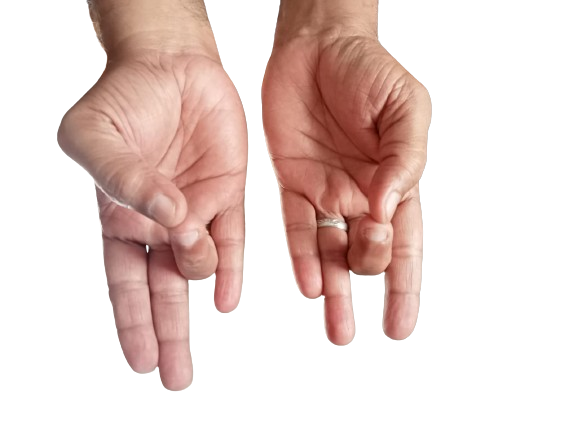
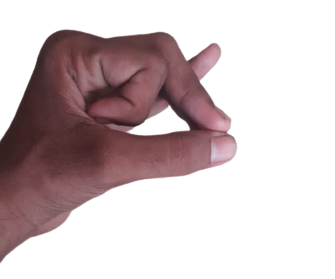
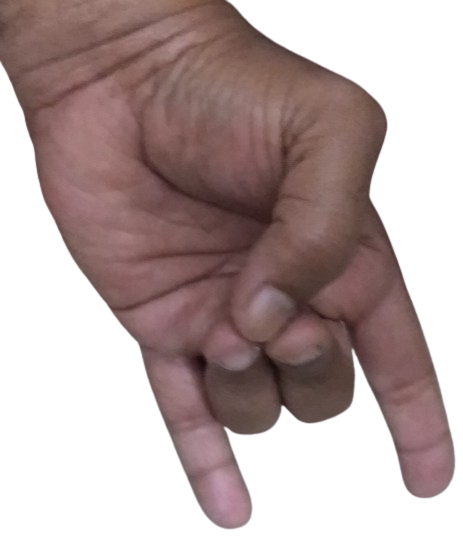
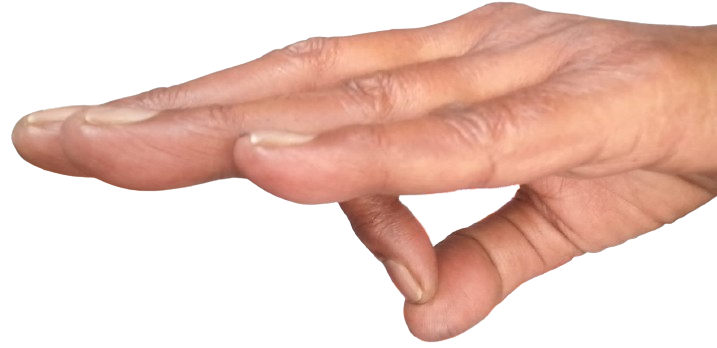
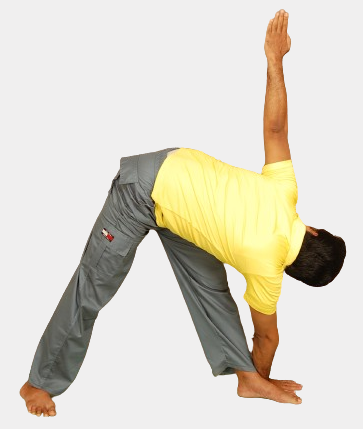
2 Responses
உங்கள் முயற்சி…. பலருக்கு பயனளிக்கிறது. மிகவும் சிறப்பு எழுத்தாளர் அவர்களே!
தங்களின் வருகைக்கும் பாராட்டுக்கும் மிக்க நன்றி ஆசிரியர் அவர்களே. தொடர்ந்து அலைபேசியில் ஊக்கமளித்து வருகிறீர்கள், மிக்க நன்றி.